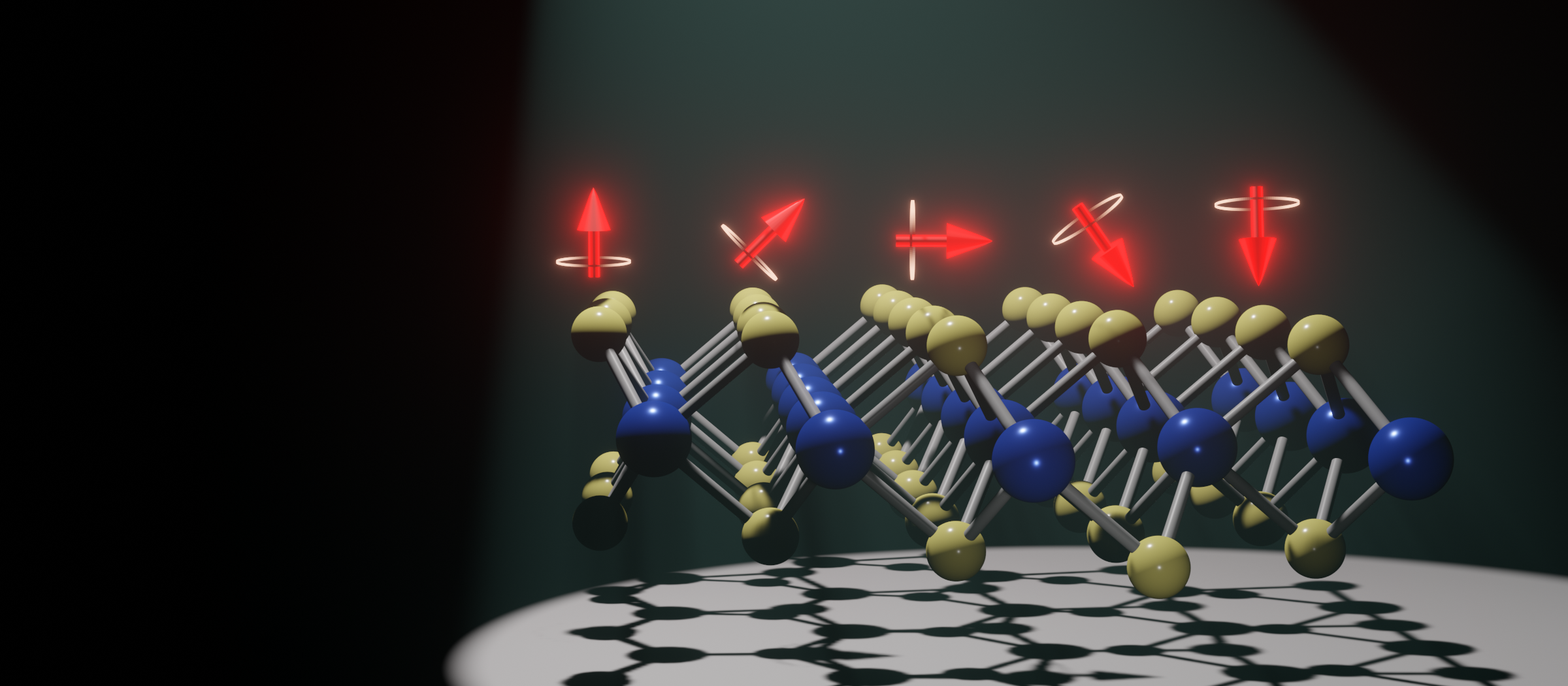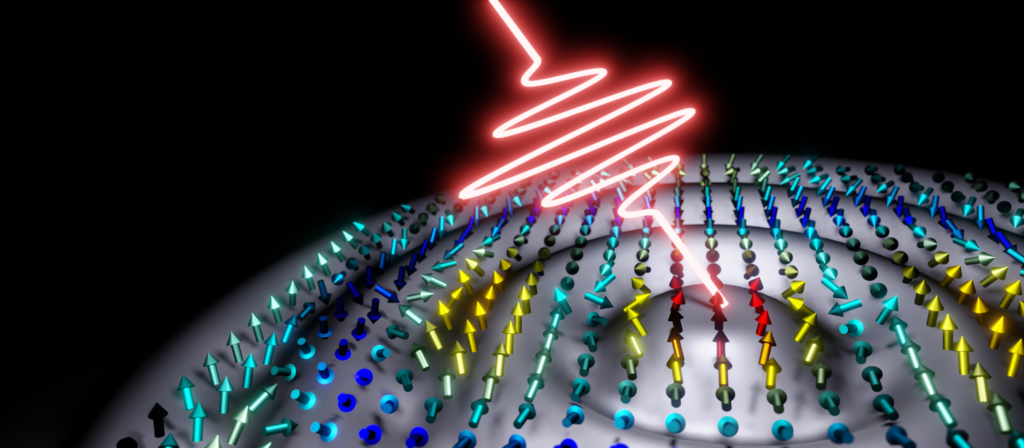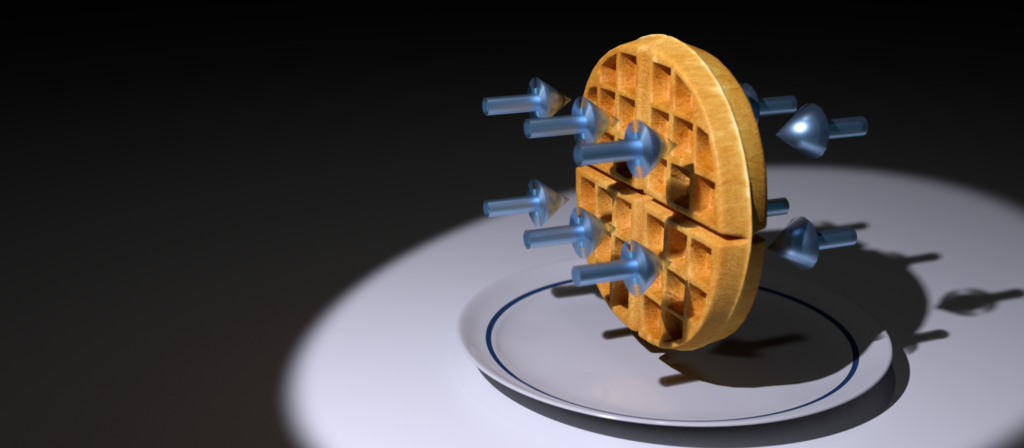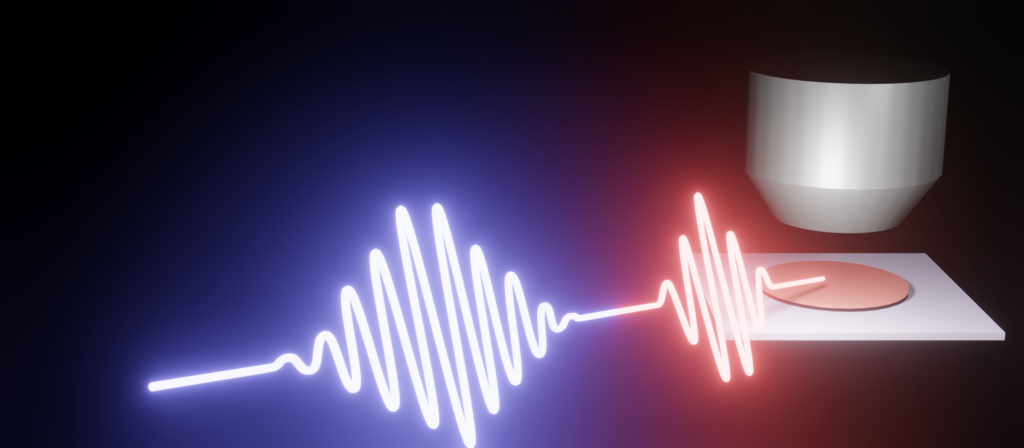
Poincaré Engineering
In Floquet engineering, time periodic fields interact with space periodic crystal potentials to dress the electronic properties, and to introduce new nonequilibrium states, particularly in quantum matter. Such light–matter interactions can be further extended by vectorial structuring of light on the Poincaré polarization sphere, in combination with confinement in lower dimensions at metal/dielectric interfaces in the form of surface evanescent polariton waves. Doing so engages vectorial sub-diffraction-limited structuring of light to create photonic field and spin textures, which offers a strategy for extending Floquet engineering to the vectorial design of quantum materials on the length and time scales of quasiparticle coherence, i.e. the Poincaré Engineering.

Topological Plasmons
Topological properties of light, such as scalar phase and vectorial singularities, can be engineered by combining electromagnetic wave interference with photonic spin–orbit interactions (SOI) to achieve textured mapping of photon states onto the Poincaré sphere that defines light polarization in terms of 3D Stokes vector space. With amplitude, phase, angular momentum, and spatial pulse shaping techniques, free-space light can be tailored to acquire spatial polarization textures of magnetic skyrmion or meron (half-skyrmion) quasiparticles, whose polarization vectors sheath the entire surface or half-surface of a Poincaré polarization sphere, respectively.

Excited State Many-body Interactions
Excited state dynamics is at the heart of optoelectronic devices. It involves the interactions among charge, lattice, spin and orbital degrees of freedoms, on the time scale from attosecond to microsecond, or longer. An example of such many-body interactions is the polaron formation, where an excited electron/hole is surrounded by the polarized lattice (arrows in the figure), or a cloud of virtue phonons, such that the Coulomb potential of the charge is screened. Consequently, the charge is localized (such as to the shape of a sphere or waffle), reducing its scattering probability by other quasiparticles or defects. Therefore, polaron formation increases the charge carrier lifetime and the working efficiency of optoelectronic devices.

Structured-light Spectromicrosocpy
Light carries both spin and orbital angular momenta. While photon spins are commonly considered in interacting with electronic spins in conventional optical spectromicroscopies, the effect of photon orbital angular momentum is largely ignored because the twisted-photon phase variation is usually 103 times larger than the atomic lattice periodicity. Structuring light on the nano-femto scales, however, offers a new stage to probe such unprecedented light-matter interaction phenomena involving both spin and orbital angular momenta exchange. Moreover, developing advanced structured light spanning from mid-infrared to extreme ultraviolet opens the door to access exotic physics from meV (spins and phonons), to tens of eV (conduction and core electrons) scale. Finally, structured-light spectromicroscopy also provides the opportunity of nano-femto tuning and control of materials quantum properties by design.

